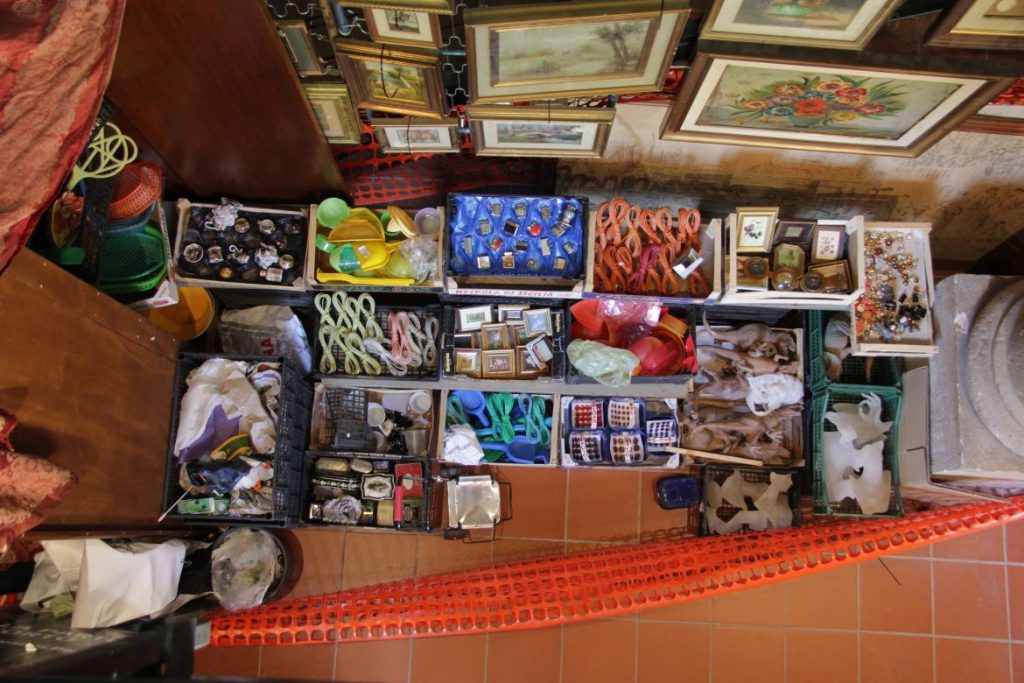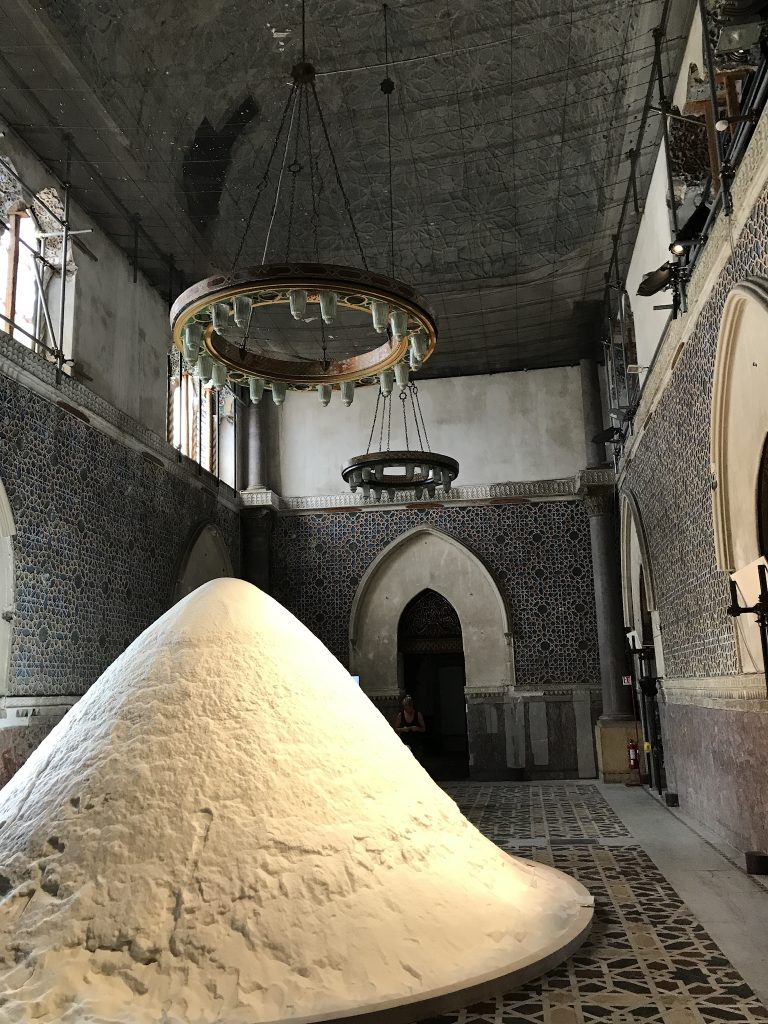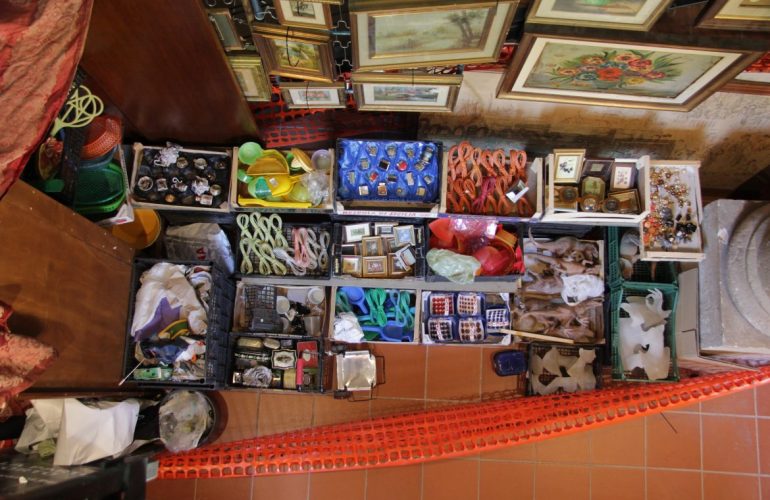Artdecision’s Irina Vernichenko offers an overview of Manifesta 12, Palermo, one of the most discussed art project of 2018.
The new art of the 2018 “Planetary Garden” at Manifesta12 in Palermo could be melancholic and it made one feel alienated, but the projects shown are free from two-faced Postmodernism, any kitsch and “consciousness is a text” rhetoric. Forty artists presented site-specific emotional stories about the migrant crisis, the cosmopolitan character of art and about cybersecurity.

The Manifesta art quest started in Palermo’s botanical garden, Orto Botanico, with a collection of plastic roses of Alberto Baraya, an artificial herbarium of Palermitan and Sicilian plastic flowers, gathered from street altars. Another environmental installation in Orto Botanico was Michael Wang’s “The Drowned World” (2018), a small decorative pool filled with cyanobacteria, ancient organisms that first carried out photosynthesis using chlorophylle.
These environmental artist’s productions, collections of roses without thorns, other follow the pattern of dialectics, and as it is in case with Hegel’s dialectics, the philosophy of nature (part of the doctrine) is discarded by followers, and the human exists. Dialectics is about human existence.
The contradictions and dialectics of the Manifesta 12 projects include topics of migration and of divide: divide between political activism and mainstream art, and of digital divide – the contrast between agriculture, gardening projects (Lungiswa Gqunta) and the “I link therefore I am” approach of artists dealing with technology (James Bridle, John Gerrard).
In Khali Rabah’s “Relocation, Among Other Things” shopping project – an installation of watches, chipped Limoges porcelain cups, plastic trays, various aluminum flatware, fake Nike t-shirts in a fake Louis Vuitton bag, albums of black and white photographs, coins, rings and postcards, boxes, empty frames, video tapes, new Taiwanese radios, exotic mobile phone covers, vases and sunglasses- emptiness is used as an artistic tool. The market is empty because it is offline.

“Fallen Fruit” group’s “Theatre of the Sun” was shown in an empty space of Palazzo Butera. The project consisted of silky smooth wallpapers of bright colors, an illumination of the appearance of life, and the Public Fruit Map of Palermo, which shows the location of hundreds of trees in the city’s public spaces, providing edible fruits. Utilitarianism is like that: the greatest good for the greatest number.

Manifesta offers social moments and objects producing sociality as works of art, Patricia Kaersenhout’s “The Soul of Salt” refers to Caribbean tradition and a legend according to which slaves refrained from eating salt, because they thought they would become lighter and could fly back to Africa. Visitors can take some salt home and dissolve it in water as a symbol of dissolving the sorrows of the past.

Lightweight, eclectic designs, an overall aura of de-skilling, embroidery, audio recordings, trash, plastic, ornament – this is the young, new, artistic language of Manifesta12.
Written by: Irina Vernichenko


Comments